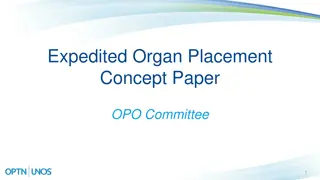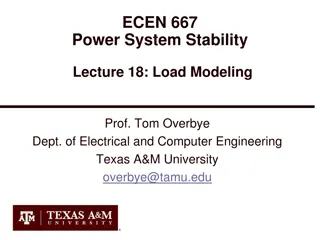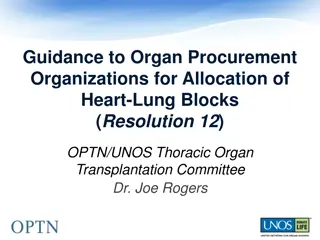Sevoflurane: Rapid Inhalation Induction & Organ System Effects
Sevoflurane is an inhalational anesthetic with non-pungent characteristics, ideal for smooth and rapid inductions in patients. It affects cardiovascular, respiratory, cerebral, neuromuscular, renal, and hepatic systems. Learn about its advantages, contraindications, and drug interactions.
Download Presentation

Please find below an Image/Link to download the presentation.
The content on the website is provided AS IS for your information and personal use only. It may not be sold, licensed, or shared on other websites without obtaining consent from the author.If you encounter any issues during the download, it is possible that the publisher has removed the file from their server.
You are allowed to download the files provided on this website for personal or commercial use, subject to the condition that they are used lawfully. All files are the property of their respective owners.
The content on the website is provided AS IS for your information and personal use only. It may not be sold, licensed, or shared on other websites without obtaining consent from the author.
E N D
Presentation Transcript
Inhalational anesthetic agents sevoflurane
Sevoflurane Non pungency and rapid increases in alveolar anesthetic concentration make sevoflurane an excellent choice for smooth and rapid inhalation inductions in pediatric and adult patients. In fact, inhalation induction with 4% to 8% sevoflurane in a 50% mixture of nitrous oxide and oxygen can be achieved within 1 min. likewise, its low blood solubility results in a rapid fall in alveolar anesthetic concentration upon discontinuation and a more rapid emergence compared with isoflurane (although not an earlier discharge from the post anesthesia care unit).
Effects on organ systems a. Cardiovascular: Sevoflurane mildly depresses myocardial contractility. Systemic vascular resistance and arterial blood pressure decline slightly less than with isoflurane. Because sevoflurane causes little, if any, rise in heart rate, cardiac output is not maintained as well as with isoflurane. Sevoflurane may prolong the QT interval, the clinical significance of which is unknown. QT prolongation may be manifest 60 min following anesthetic emergence in infants.
Con b. Sevoflurane depresses respiration and reverses bronchospasm to an extent similar to that of isoflurane. c. Cerebral: Similar to isoflurane, sevoflurane causes slight increases in CBF and intracranial pressure at normocarbia. High concentrations of sevoflurane (> 1.5 MAC) may impair autoregulation of CBF, thus allowing a drop in CBF during hemorrhagic hypotension. This effect on CBF autoregulation seems to be less pronounced than with isoflurane. Cerebral metabolic oxygen requirements decreases, and seizure activity has not been reported. Respiratory:
Con d. Neuromuscular: Sevoflurane produces adequate muscle relaxation for intubation of children following an inhalation induction. e. Renal: Sevoflurane slightly decreases renal blood flow. f. Hepatic: Sevoflurane decreases portal vein blood flow, but increases hepatic artery blood flow, thereby maintaining total hepatic blood flow and oxygen delivery. It is generally not associated with immune mediated anesthetic hepatotoxicity.
Contraindications Contraindications include severe hypovolemia, susceptibility to malignant hyperthermia, and intracranial hypertension. Drug interactions: Like other volatile anesthetics, sevoflurane potentiates NMBAs. It does not sensitize the heart to catecholamine induced arrhythmias.























